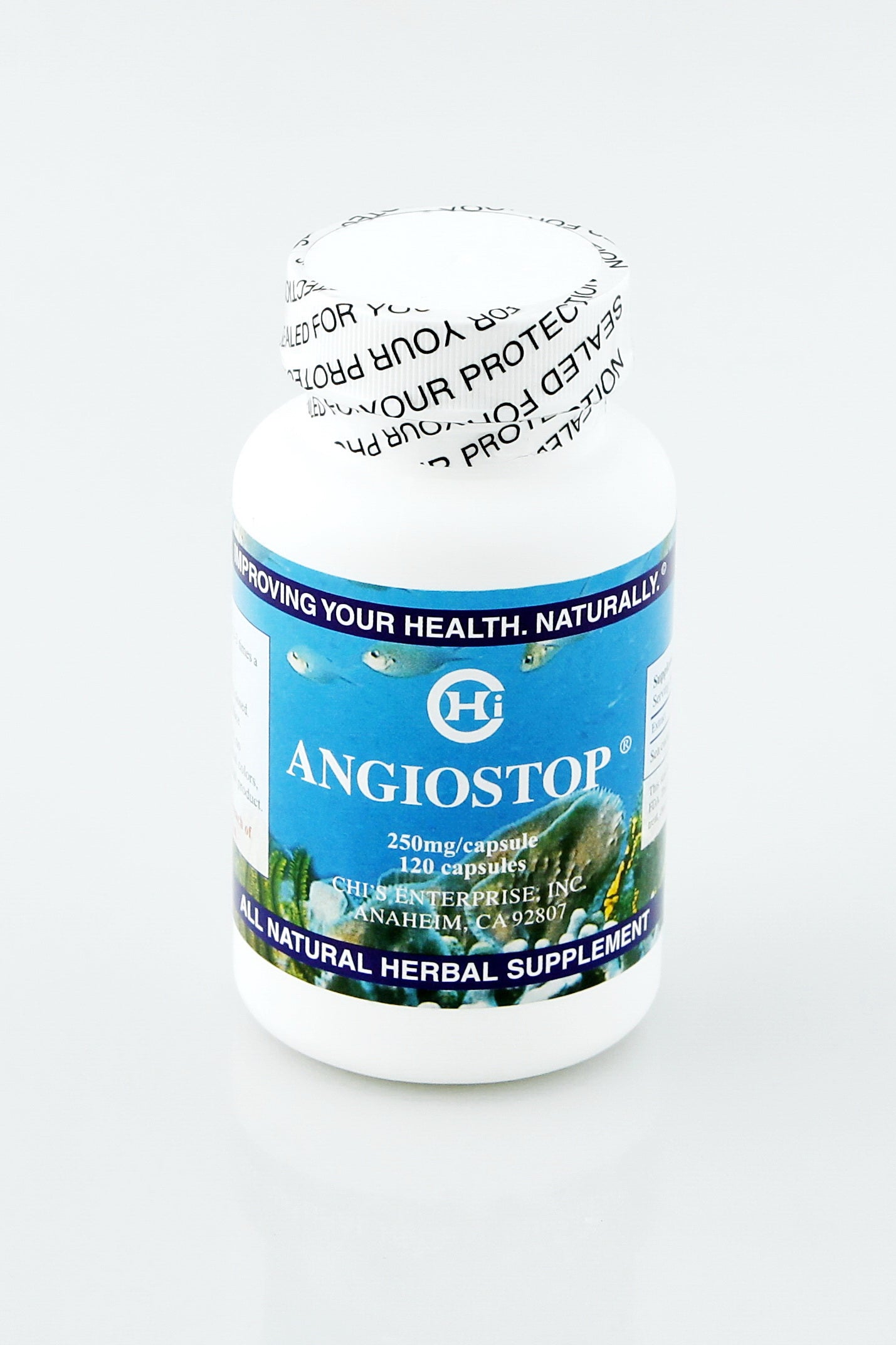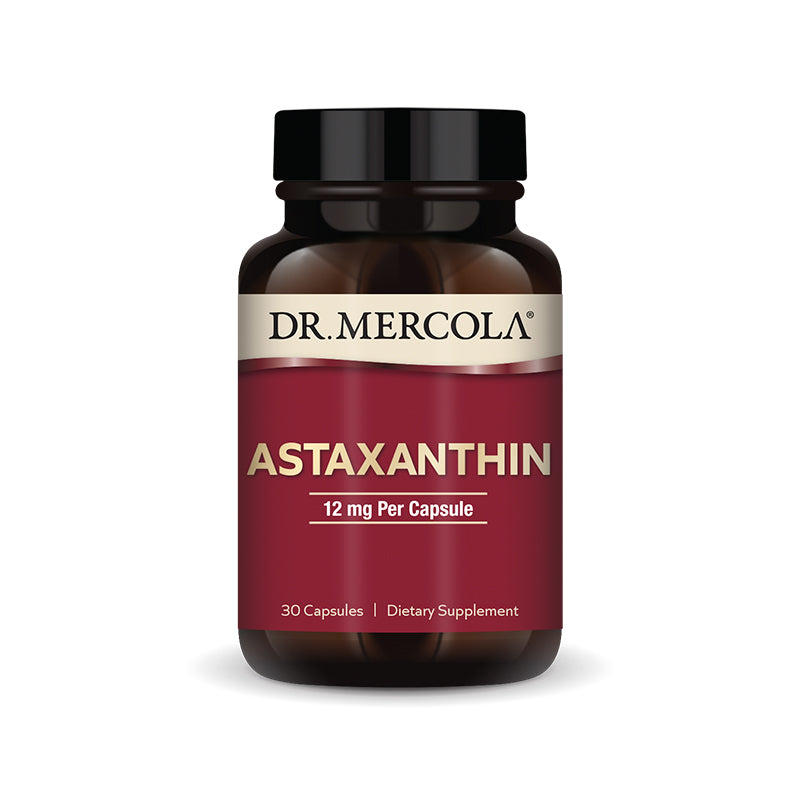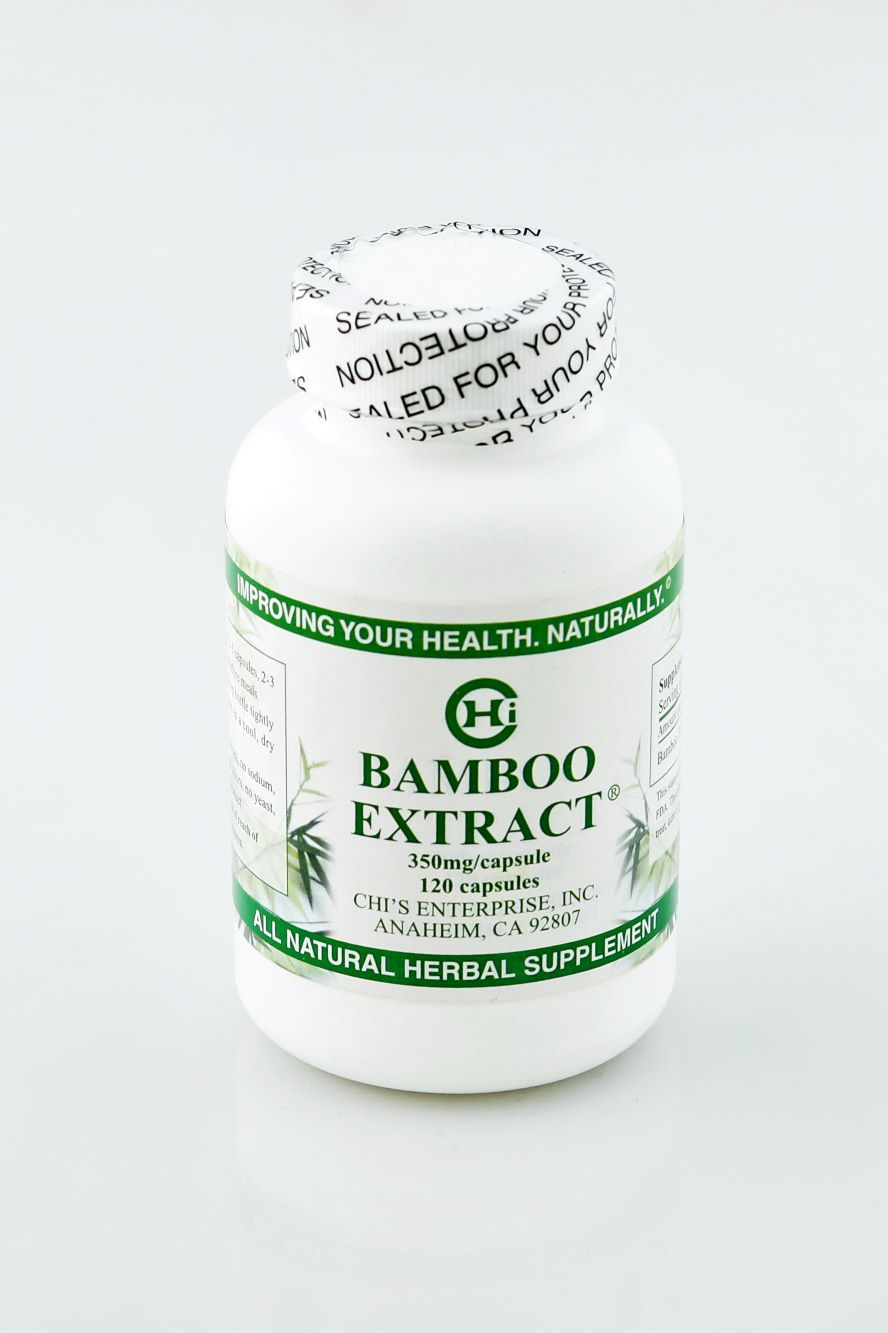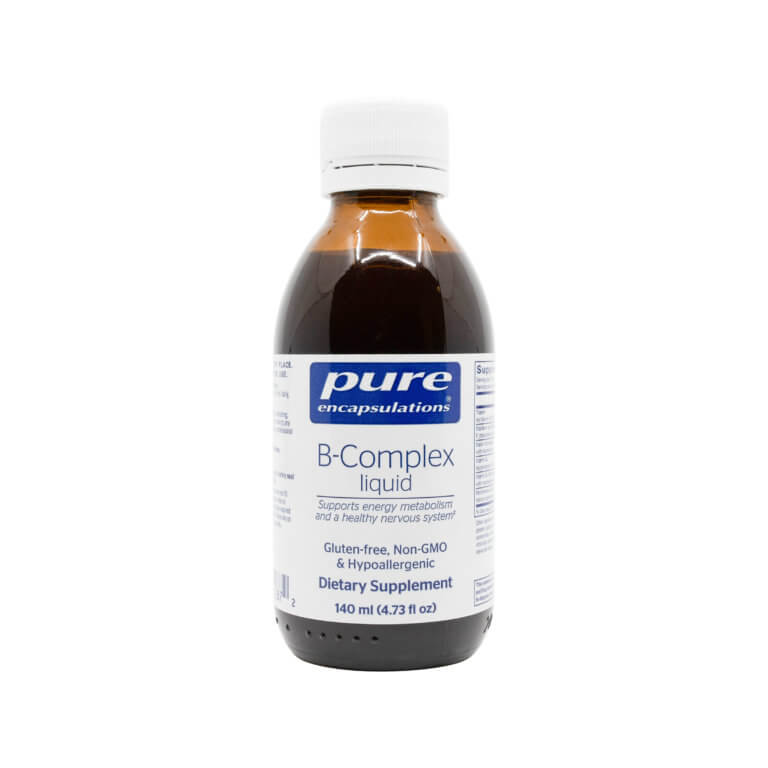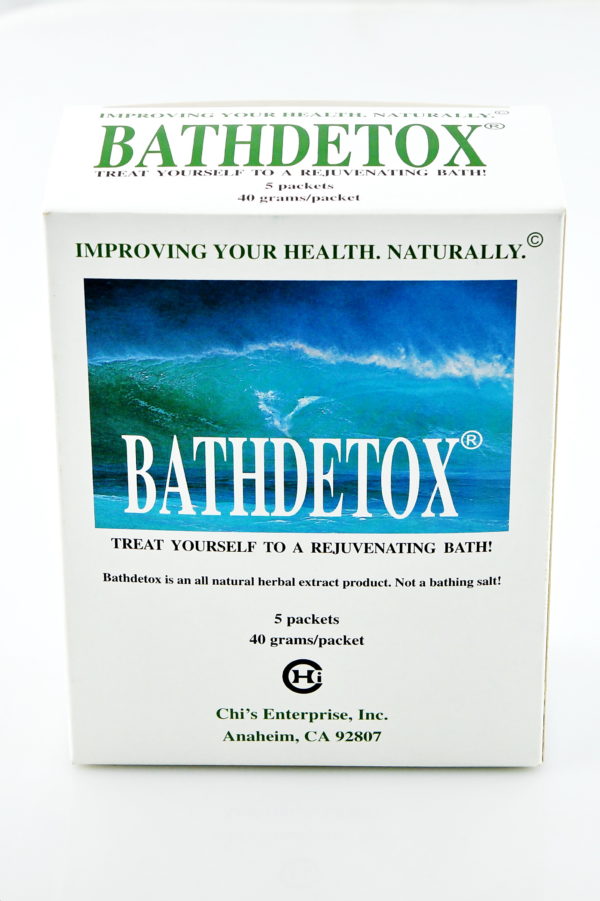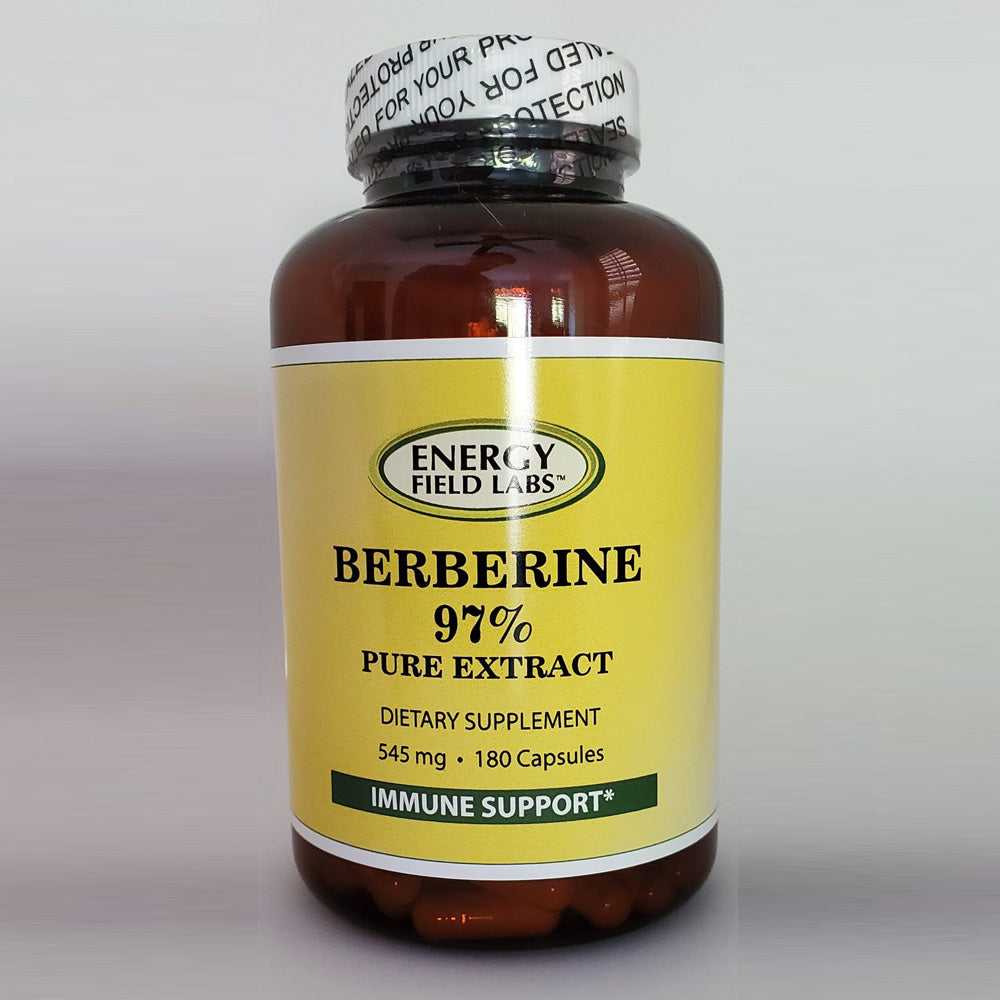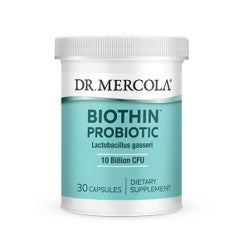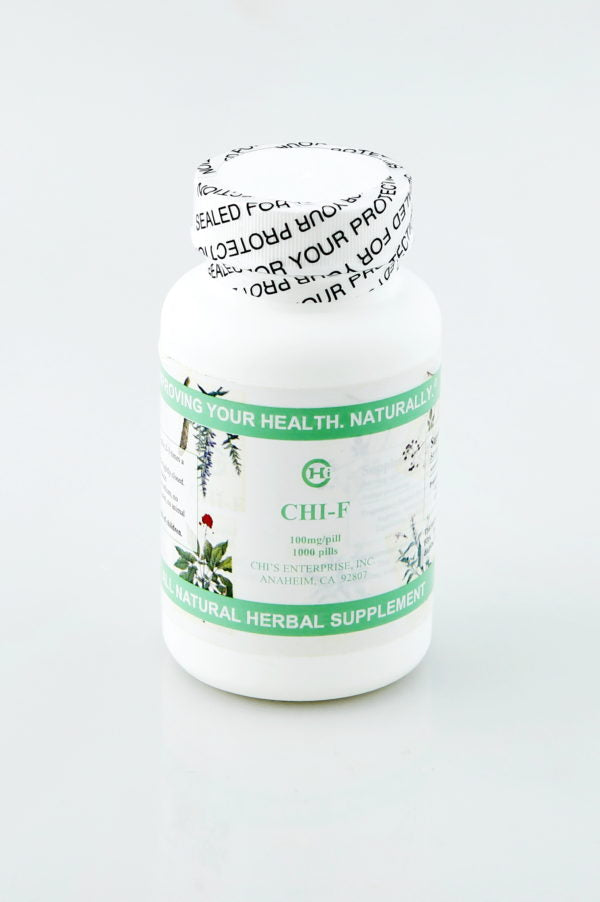Cart
0
by Glen Depke, Traditional Naturopath Are you getting too much sun? I understand that we have been told for decades to stay out of the sun. I am sure you have heard these below and so many more.
- It’s damaging our skin.
- It’s bad for our eyes.
- It’s causing skin cancer.
- It’s basically killing us.
- Improve your mood and energy through the release of endorphins
- Treating Seasonal Affective Disorder (SAD)
- Protecting against and suppressing symptoms of multiple sclerosis (MS)
- Treating skin diseases, such as psoriasis, vitiligo, atopic dermatitis, and scleroderma. UV radiation also enhances skin barrier functions
- Inducing nitric oxide (NO), which helps protect your skin against UV damage and offers cardiovascular protection, promotes wound healing through its antimicrobial effect, and has some anti-cancer activity
- Melatonin regulation through the “third eye” of the pineal gland photo receptors
- Relieving fibromyalgia pain
- Standard treatment for tuberculosis 100 years ago, long before the advent of antibiotics
- Treating neonatal jaundice
- Can be used to sterilize your armpits and eliminate the cause of most body odor
- Synchronizing important biorhythms through sunlight entering your eye and striking your retina
- Regulating body temperature
- Protecting against melanoma and decreasing mortality from it
- May be effective in treating T Cell lymphoma
- Your personal skin tone. If you have very fair skin you may need only about 10 minutes of sun exposure during the day. If you skin is much darker, you may need and hour or more. The key is to stay out in the sun as long as possible while not occurring skin damage, also know as sun burn.
- It is also important to pay attention to the time of the day. Interestingly enough, the best time of the day to enjoy the highest health benefits of the sun is the time we have been told to stay out of the sun, which is typically between 11:30AM and 1:30PM. This is a key time for converting vitamin D and also enjoy the hormonal benefits of the incidental sun exposure through our eyes.
- How much of our body we expose is also a key. To get your most significant benefits, you would expose as much of your body as possible. If you get out in the sun on your lunch hour, roll up your sleeves and pant legs, hike up your dress or have a change of cloths to get outside if applicable.
- Where you live. If you live in an area where winter does not allow you to get outside, I would seriously consider vitamin D supplementation or the use of cod liver oil. I prefer cod liver oil because it provides the benefits of your Omega 3 fatty acids also.
- Consider your current levels of vitamin D3. When you are looking at conventional reference ranges for vitamin D with your blood testing, most will say your fine if your vitamin D levels are above 30. When I am working with clients I recommend that the average person should have a vitamin D level between 50 and 70, but if you are trying to use vitamin D therapeutically due to health challenges, this level should be between 70 and 100.

